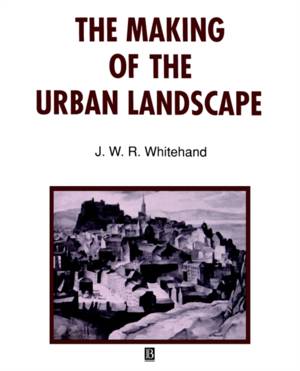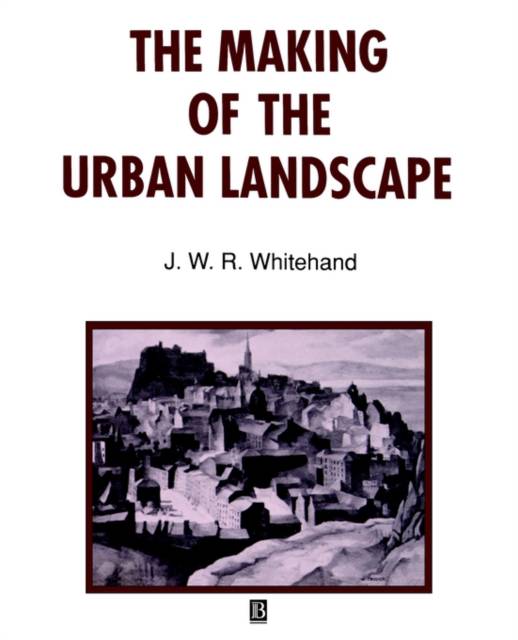
Door een staking bij bpost kan je online bestelling op dit moment iets langer onderweg zijn dan voorzien. Dringend iets nodig? Onze winkels ontvangen jou met open armen!
- Afhalen na 1 uur in een winkel met voorraad
- Gratis thuislevering in België vanaf € 30
- Ruim aanbod met 7 miljoen producten
Door een staking bij bpost kan je online bestelling op dit moment iets langer onderweg zijn dan voorzien. Dringend iets nodig? Onze winkels ontvangen jou met open armen!
- Afhalen na 1 uur in een winkel met voorraad
- Gratis thuislevering in België vanaf € 30
- Ruim aanbod met 7 miljoen producten
Zoeken
Omschrijving
Urban landscapes are an important part of the daily lives of most of the population of the western world. Buildings, streets, gardens and parks are a fundamental means by which we orientate ourselves within cities, and contribute significantly to our daily levels of efficiency and well-being (or lack of them). The creation and maintenance of the urban environment accounts for a sizeable proportion of public and private expenditure. Yet despite the controversy surrounding a few special places, the people and forces responsible for shaping ordinary town and city landscapes have rarely been systematically investigated and are poorly understood.
By viewing urban landscapes in relation to the individuals and organizations responsible for their creation, this book supplies a crucial missing dimension to urban landscape history and a sharp insight into the dynamics of contemporary urban change.
By viewing urban landscapes in relation to the individuals and organizations responsible for their creation, this book supplies a crucial missing dimension to urban landscape history and a sharp insight into the dynamics of contemporary urban change.
Specificaties
Betrokkenen
- Auteur(s):
- Uitgeverij:
Inhoud
- Aantal bladzijden:
- 252
- Taal:
- Engels
- Reeks:
Eigenschappen
- Productcode (EAN):
- 9780631191988
- Verschijningsdatum:
- 8/12/1993
- Uitvoering:
- Paperback
- Formaat:
- Trade paperback (VS)
- Afmetingen:
- 190 mm x 235 mm
- Gewicht:
- 439 g

Alleen bij Standaard Boekhandel
+ 223 punten op je klantenkaart van Standaard Boekhandel
Beoordelingen
We publiceren alleen reviews die voldoen aan de voorwaarden voor reviews. Bekijk onze voorwaarden voor reviews.











